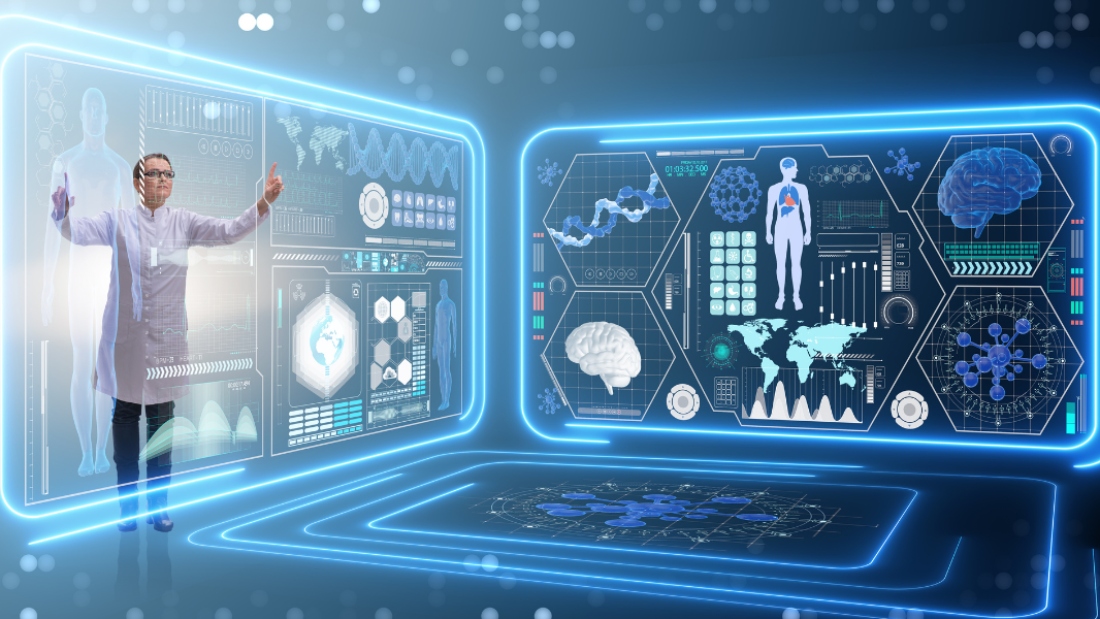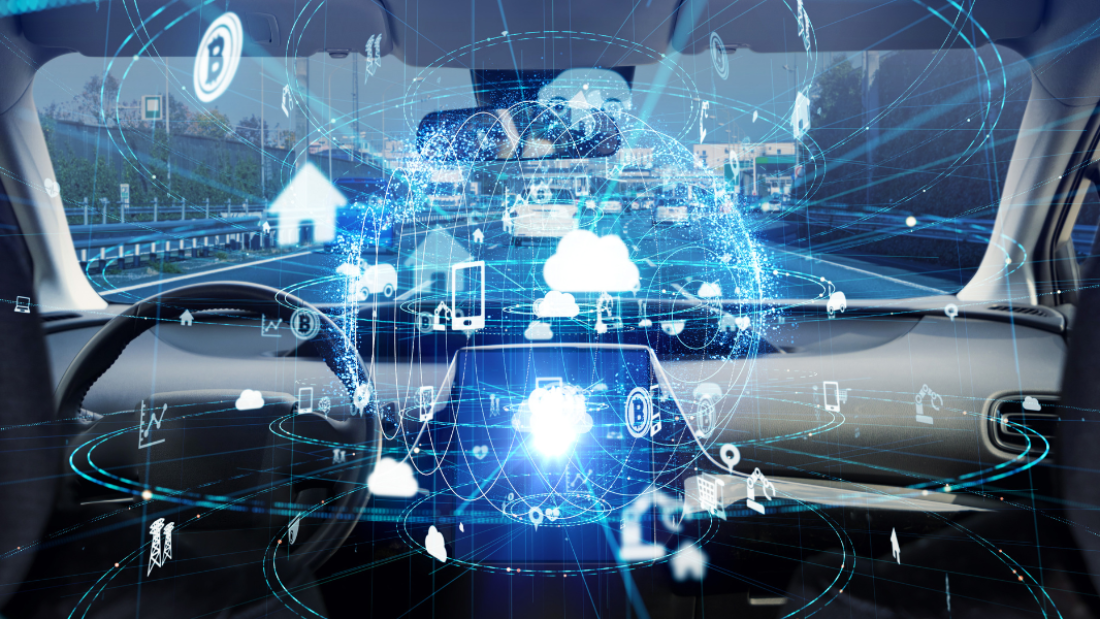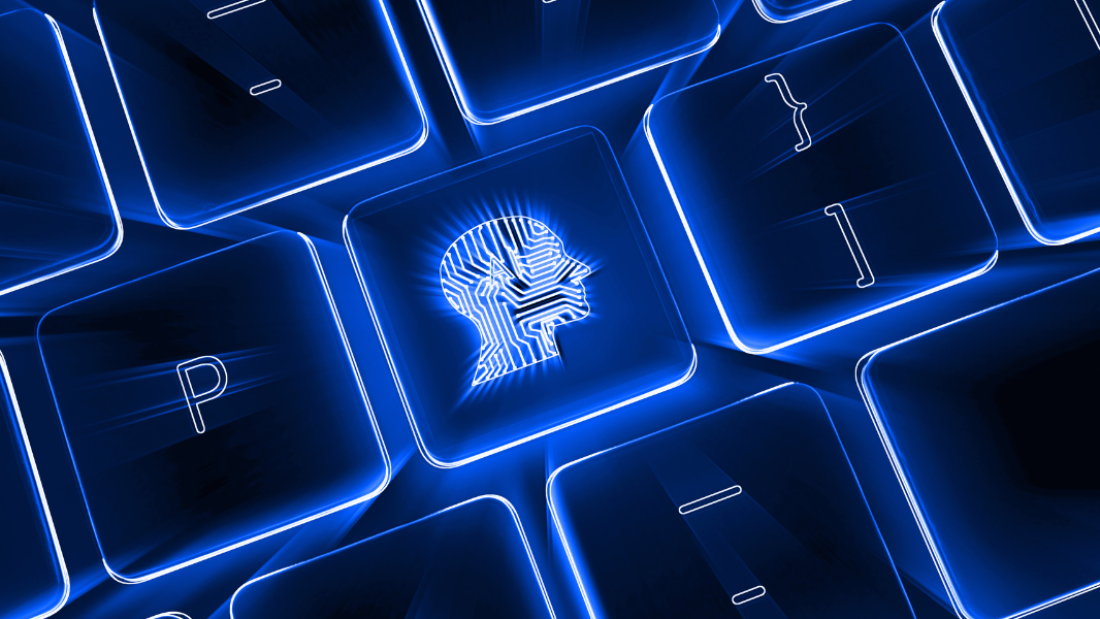Looking to streamline your verification process? Live ID verification offers a seamless solution for instant authentication. Say goodbye to tedious manual checks and welcome real-time verification that enhances security and efficiency. With live ID verification, you can verify identities swiftly, reducing fraud risks and ensuring a smooth user experience. Embrace the contrast between traditional methods and cutting-edge technology to elevate your verification procedures. Upgrade to live ID verification today for swift, secure, and reliable identity authentication.
What is Live ID Verification
Real-Time Verification
Live ID verification is a real-time process that confirms an individual’s identity through technology. It involves verifying a person’s identity instantly, ensuring that they are who they claim to be. This process is crucial for various industries, including banking, finance, and e-commerce.
Biometric Data and Video Verification
Biometric data plays a vital role in live ID verification. It includes unique physical characteristics such as fingerprints, facial features, or iris patterns. By utilizing biometric data, companies can accurately verify an individual’s identity, enhancing security measures significantly.
Video verification is another essential aspect of live ID verification. Through video calls or recordings, individuals can confirm their identity by showing their face and relevant identification documents. This method adds an extra layer of security, making it harder for fraudsters to bypass the verification process.
Importance in Fraud Prevention and Compliance
Live ID verification is crucial for preventing fraud in various sectors. By incorporating real-time checks, companies can reduce the risk of identity theft and unauthorized access to sensitive information. This process helps businesses maintain trust with their customers and ensures that transactions are secure.
Moreover, live ID verification plays a significant role in compliance with regulations. Many industries, such as finance and healthcare, have strict regulations regarding identity verification. By implementing live ID verification processes, organizations can adhere to these regulations and avoid hefty fines or legal consequences.
Key Features of Live ID Verification
Advanced Technologies
Live ID verification utilizes advanced technologies such as AI and machine learning to enhance the verification process. These technologies enable swift and accurate validation of user identities, ensuring a seamless experience.
The integration of AI in the verification process allows for real-time analysis of identity documents and facial recognition. By leveraging machine learning algorithms, the system can quickly detect fraudulent activities and provide instant feedback to users.
Multi-Factor Authentication
One of the key features of Live ID verification is the integration of multi-factor authentication for enhanced security. This additional layer of protection requires users to verify their identity through multiple methods, such as passwords, biometric data, or security questions.
By implementing multi-factor authentication, Live ID verification offers an added level of security that minimizes the risk of unauthorized access. Users can rest assured that their personal information is well-protected during the verification process.
User-Friendly Interface
Live ID verification boasts a user-friendly interface that simplifies the verification experience for users. The intuitive design and clear instructions make it easy for individuals to navigate through the verification steps seamlessly.
With a user-friendly interface, Live ID verification ensures that users can complete the verification process efficiently and without confusion. The straightforward layout guides users through each step, reducing the likelihood of errors or misunderstandings.
Enhancing Security for Remote Teams
Implementing Secure Verification Practices
Implementing live ID verification is crucial to enhance security for remote teams. By requiring employees to verify their identities in real-time, companies can significantly reduce the risk of identity theft and unauthorized access. This process adds an extra layer of security, ensuring that only authorized individuals have access to sensitive information.
Utilizing real-time monitoring is another effective way to enhance security for remote teams. By continuously monitoring activities and flagging any suspicious behavior, companies can quickly detect potential security threats. This proactive approach helps prevent data breaches and ensures that any unauthorized access is promptly addressed.
Promoting a Culture of Security Awareness
Promoting a culture of security awareness among remote workers is essential for maintaining a secure work environment. Educating employees on verification protocols and best practices can help them understand the importance of security measures. By raising awareness about potential risks and how to mitigate them, companies can empower their employees to actively contribute to maintaining a secure work environment.
Incorporating regular training sessions on security protocols can further reinforce the importance of secure verification practices. These sessions can cover topics such as recognizing phishing attempts, creating strong passwords, and reporting suspicious activities. By investing in employee education and training, companies can create a workforce that is vigilant and proactive in safeguarding sensitive information.
Pros:
Enhanced security measures
Reduced risk of identity theft
Improved detection of suspicious activities
Cons:
Requires time and resources for training
Initial setup costs for implementing live ID verification
Ensuring Seamless Access for Remote Employees
Quick Checks
Facilitate quick identity checks to minimize delays in accessing company resources. By implementing live ID verification, employees can swiftly verify their identities, ensuring seamless access to critical systems and data. This process enhances security measures while maintaining efficiency within the organization.
Mobile Compatibility
Leverage mobile compatibility to allow verification from various devices and locations. With the increasing trend of remote work, enabling employees to verify their IDs through their smartphones or tablets enhances accessibility and convenience. This flexibility ensures that employees can securely access company networks and services from anywhere, at any time.
Onboarding Integration
Streamline onboarding processes by integrating live ID verification into HR systems. Incorporating live ID verification during the onboarding phase simplifies the verification process for new employees. This integration not only expedites the onboarding process but also ensures that new hires can quickly gain access to necessary resources and services.
Real-World Applications of Live ID Verification
Financial Services
Financial institutions heavily rely on accurate identity verification for secure transactions and new account openings. By implementing ID verification solutions, they ensure compliance with regulations and prevent fraud. These robust identity verification tools play a crucial role in safeguarding sensitive financial information.
In the realm of financial services, live ID verification serves as a shield against unauthorized access and fraudulent activities. It enables seamless and secure transactions, providing customers with peace of mind regarding the safety of their funds and personal data. Moreover, these reliable identity verification services streamline the account opening process, enhancing customer experience while maintaining strict security protocols.
Healthcare Applications
In healthcare, live ID verification is instrumental in patient identification and data protection. Conducting identity verification ensures that medical records are accessed only by authorized personnel, safeguarding patient privacy. These friendly ID verification solutions not only enhance operational efficiency but also uphold patient confidentiality, a cornerstone of ethical medical practice.
The healthcare sector leverages precise identity validation to prevent identity theft and medical fraud. By implementing robust identity verification procedures, healthcare providers can accurately identify patients, access their medical history securely, and deliver personalized care. This contributes to improved patient outcomes and establishes trust between healthcare providers and their patients.
E-Commerce Verification
E-commerce platforms utilize live ID verification to verify customer identities during online purchases. These efficient identity verification processes protect businesses from fraudulent transactions and enhance the overall security of online shopping experiences. By incorporating effective identity verification processes, e-commerce companies build trust with customers and reduce the risk of chargebacks due to fraudulent activities.
In the digital age, remote ID verification has become essential for e-commerce businesses to authenticate customers without physical interaction. This technology allows for seamless customer onboarding while ensuring compliance with regulatory requirements. With dependable identity verification tools, e-commerce platforms can mitigate risks associated with online transactions and provide a secure environment for both buyers and sellers.
Addressing Implementation Challenges
Employee Privacy Concerns
Employees may face privacy concerns when implementing live ID verification systems. To address this, companies should prioritize transparency and communication. Ensuring employees understand the purpose of the technology can help alleviate fears. Offering clear guidelines on data protection and privacy measures is essential.
Robust Infrastructure
Implementing live ID verification requires a robust infrastructure to handle the technology’s demands. Companies must invest in secure servers, high-speed internet connections, and reliable hardware. Ensuring scalability is crucial to accommodate future growth and technological advancements.
Staff Training Strategies
Training staff effectively to use new verification systems is vital for successful implementation. Providing comprehensive training programs can help employees feel confident in using the technology. Regular refresher courses and support materials can reinforce learning and ensure proficiency.
Future Trends in Live ID Verification
Biometric Technologies
Facial recognition technology is expected to play a significant role in the future of identity verification solutions. This advancement allows users to verify their identity through facial biometrics, enhancing security and user experience.
Biometric verification methods, including facial recognition and selfie authentication, are gaining popularity due to their accuracy and convenience. These technologies are likely to become more prevalent in digital identity verification processes, offering a seamless and secure way for individuals to prove their identities.
Regulatory Scrutiny and Compliance
As live ID verification becomes more widespread, regulatory bodies are expected to increase scrutiny on advanced identity verification tools. This heightened focus is likely to result in stricter compliance requirements for businesses implementing these solutions.
Stricter regulations will aim to enhance data protection and privacy measures, ensuring that digital identity verification processes adhere to the highest security standards. Businesses will need to stay updated on regulatory changes to maintain compliance and protect user data effectively.
Integration with Blockchain Technology
The integration of live ID verification with blockchain technology holds immense potential for enhancing security and data protection. By leveraging blockchain’s decentralized nature, identity verification solutions can offer increased transparency and immutability in verifying users’ identities.
Blockchain technology can provide a secure and tamper-proof infrastructure for storing sensitive identity data, reducing the risk of fraud and unauthorized access. The combination of live ID verification and blockchain offers a robust solution for safeguarding personal information in an increasingly digital world.
Engaging Content Formats for Better Understanding
Infographics
Infographics are powerful tools that can visually explain the live ID verification process. By utilizing visual representations and concise text, infographics simplify complex concepts for easy comprehension. They can highlight key steps in the verification process, such as submitting documentation and verifying user information.
Infographics can also showcase the importance of open standards and data security in live ID verification. By incorporating statistics and diagrams, they effectively convey the significance of adhering to industry standards to ensure a secure verification process.
Video Tutorials
Creating video tutorials is another effective way to demonstrate live ID verification technology in action. These tutorials provide users with a step-by-step guide on how to complete the verification process, making it easier for them to understand and follow along.
Video tutorials can showcase the face verification feature, where users are prompted to verify their identity through facial recognition technology. By visually demonstrating this process, users can see firsthand how their biometric data is used to verify their identity securely.
Interactive Webinars
Interactive webinars offer a platform to engage audiences and address their queries in real time. During these webinars, experts can discuss the importance of providing accurate user information and submitting valid documentation for successful ID verification.
Webinars can also serve as a forum to educate users on the importance of privacy and data protection during the verification process. By addressing common concerns and queries, experts can build trust with users and encourage them to actively participate in the verification process.
Actionable Insights for Organizations
Assessing Processes
Organizations must regularly assess their current identity verification processes to identify any potential gaps. This involves conducting thorough evaluations of existing methods to ensure they meet the required security standards. By doing so, organizations can pinpoint weaknesses and vulnerabilities that may expose them to fraudulent activities.
Embracing Live ID Verification
One effective strategy for enhancing security measures is the adoption of live ID verification. This advanced method involves real-time authentication of an individual’s identity using various biometric markers. By incorporating live ID verification into their systems, organizations can significantly reduce the risk of identity theft and unauthorized access.
Regular Protocol Reviews
To stay ahead of evolving threats, organizations should prioritize regular reviews and updates to their verification protocols. This proactive approach allows them to address any emerging security concerns promptly. By continuously refining their verification processes, organizations can adapt to new technologies and techniques used by malicious actors.
Final Remarks
In a world where security and efficiency are paramount, Live ID Verification emerges as a crucial tool for organizations. By enhancing remote access while fortifying security measures, your team can operate seamlessly and securely from any location. Real-world applications showcase the tangible benefits of this technology, offering actionable insights for your organization’s future implementation. As you navigate the evolving landscape of remote work, embracing Live ID Verification can position your team for success and growth. Stay ahead of the curve and prioritize security without compromising convenience. Your organization’s future success lies in adapting to innovative solutions like Live ID Verification.
Frequently Asked Questions
What are the primary benefits of Live ID Verification?
Live ID Verification enhances security by validating user identities, ensures seamless access for remote teams, and provides actionable insights for organizations to improve their security protocols.
How does Live ID Verification enhance security for remote teams?
Live ID Verification adds an extra layer of security by verifying the identities of remote employees, reducing the risk of unauthorized access to sensitive information or systems.
What are some common challenges in implementing Live ID Verification?
Challenges in implementing Live ID Verification may include integration issues with existing systems, user adoption resistance, ensuring data privacy compliance, and managing system compatibility across different devices.
How can organizations leverage Live ID Verification for real-world applications?
Organizations can use Live ID Verification to secure online transactions, restrict access to confidential data, monitor employee attendance remotely, and streamline the onboarding process for new hires.
What are the future trends expected in Live ID Verification technology?
Future trends in Live ID Verification include advancements in biometric authentication methods, increased use of AI for fraud detection, seamless integration with IoT devices for enhanced security, and a shift towards passwordless authentication solutions.









